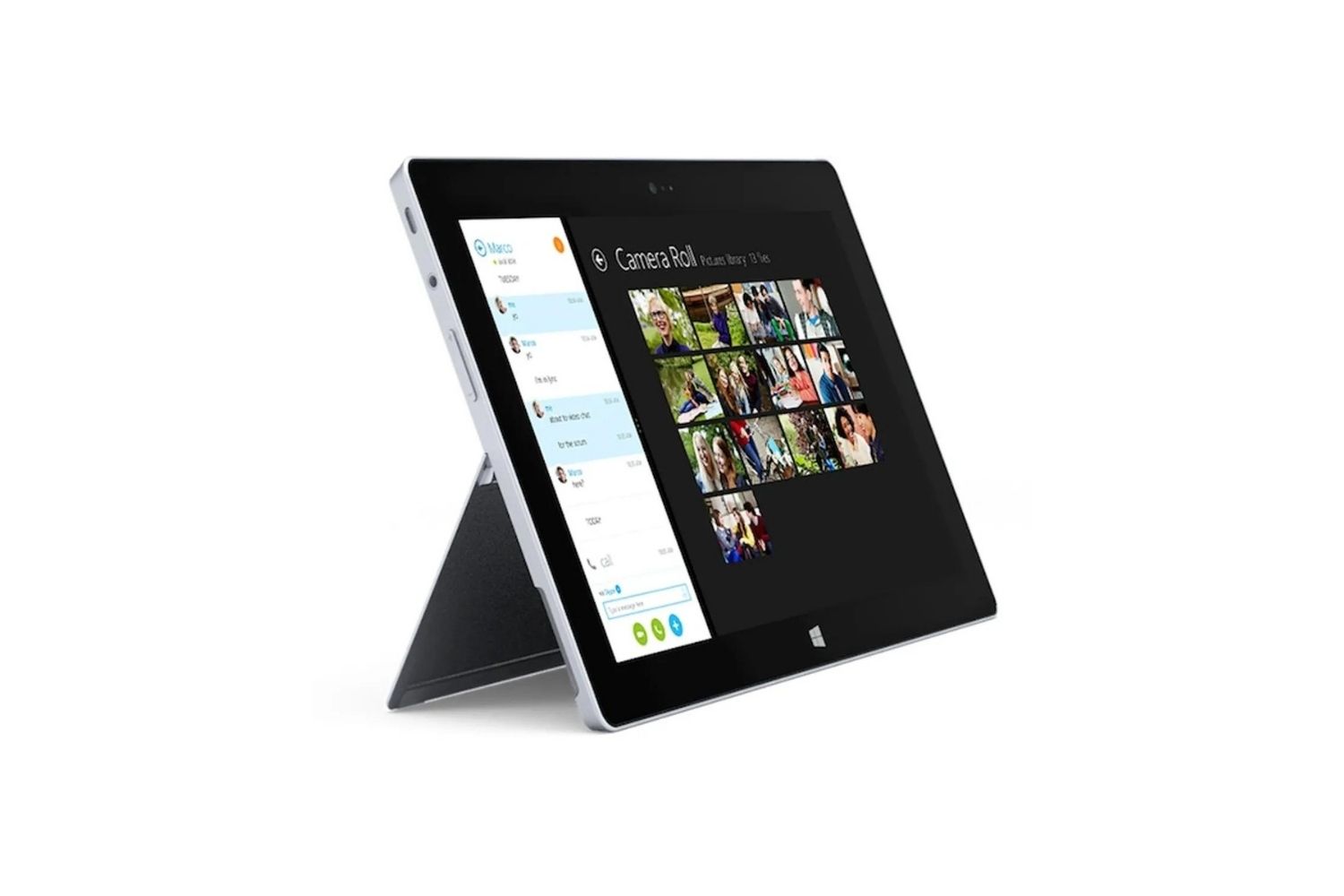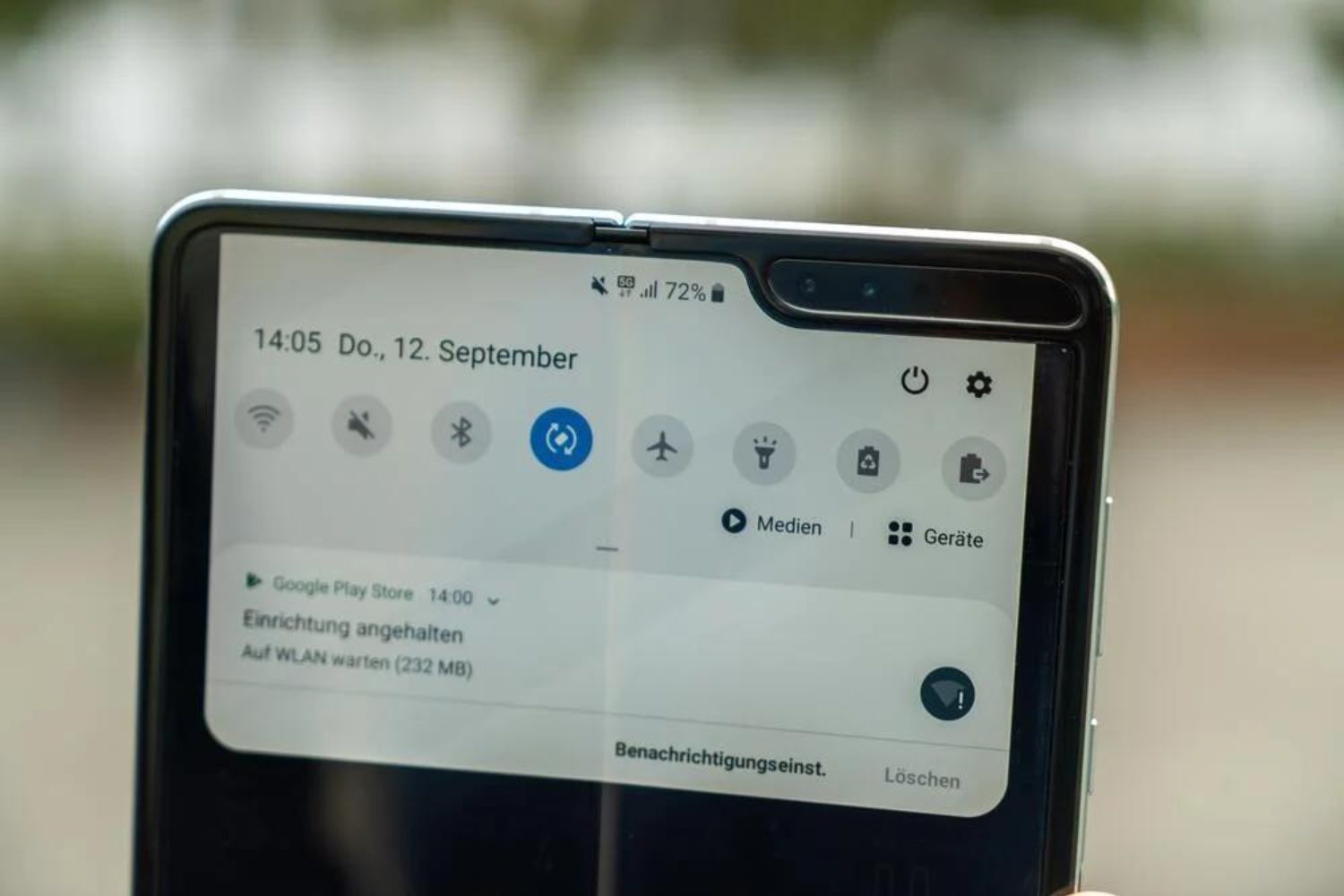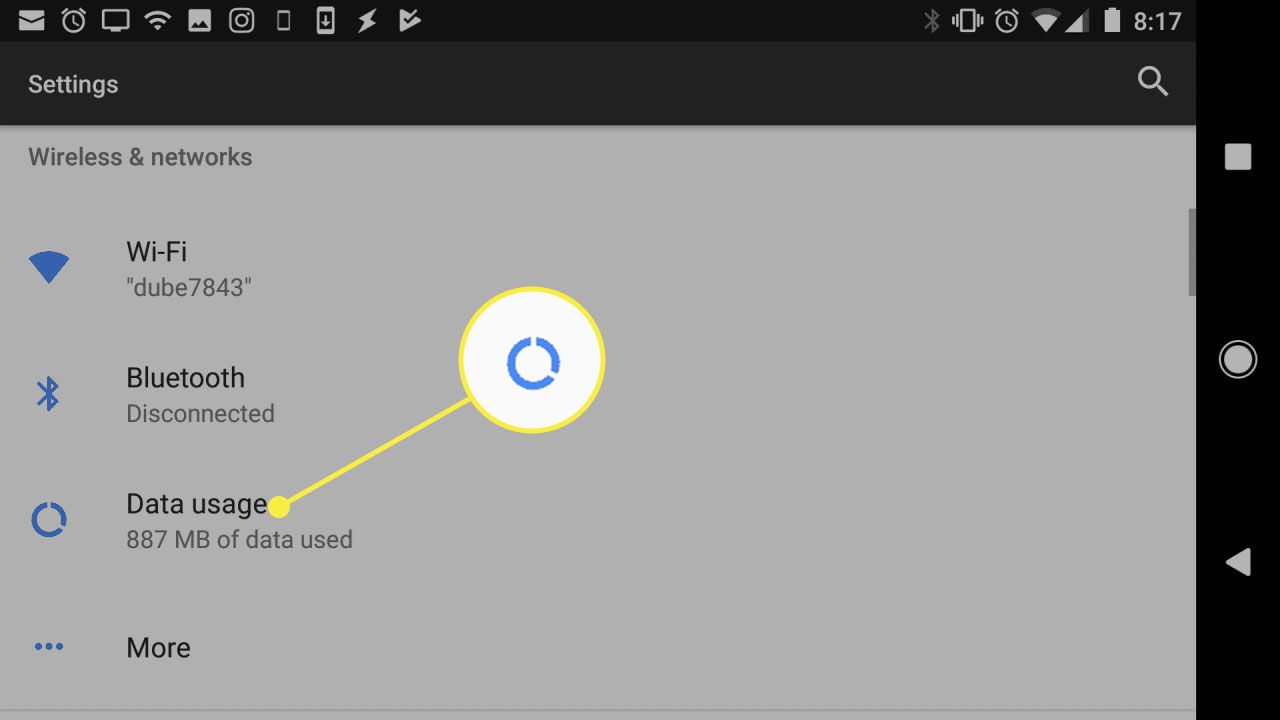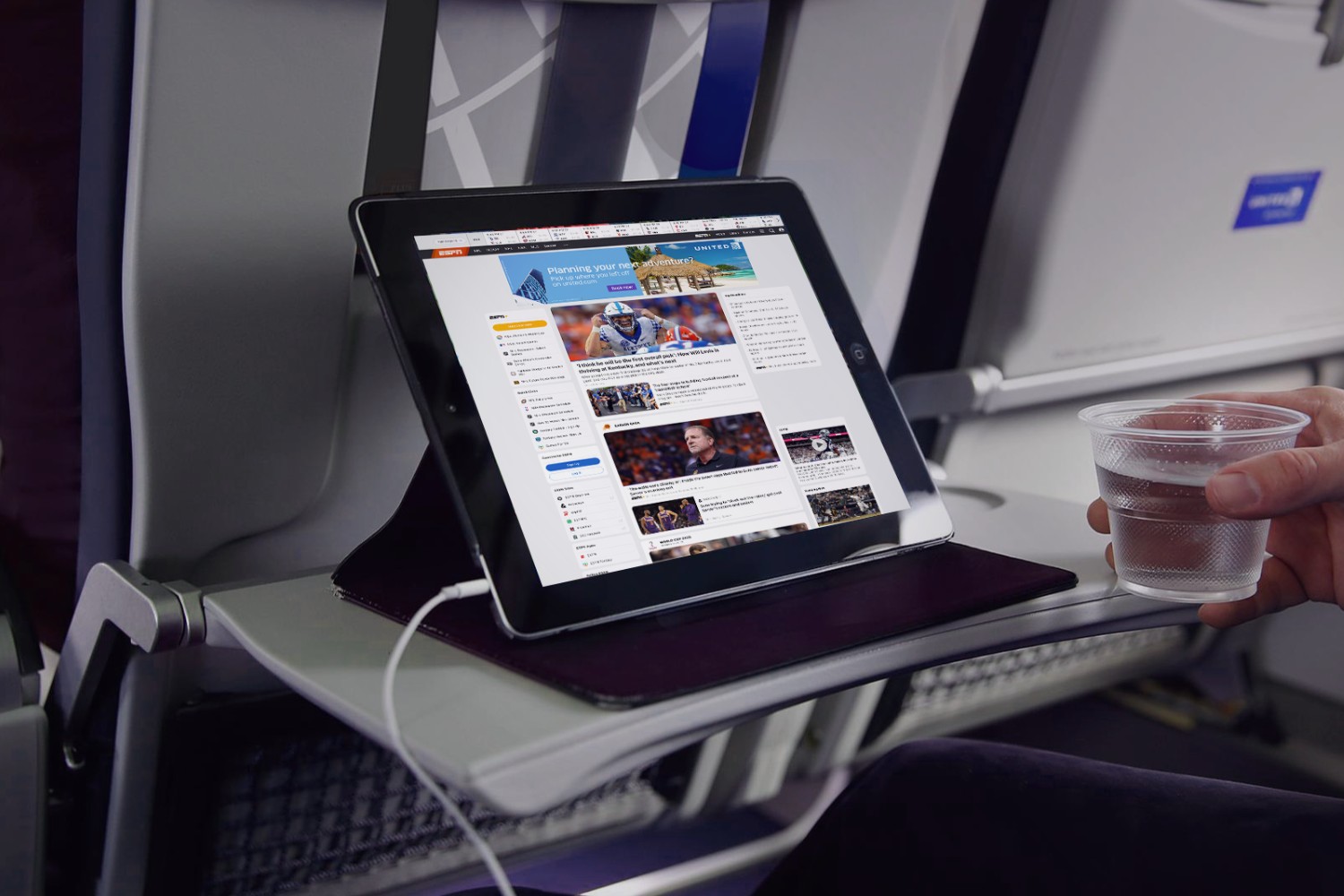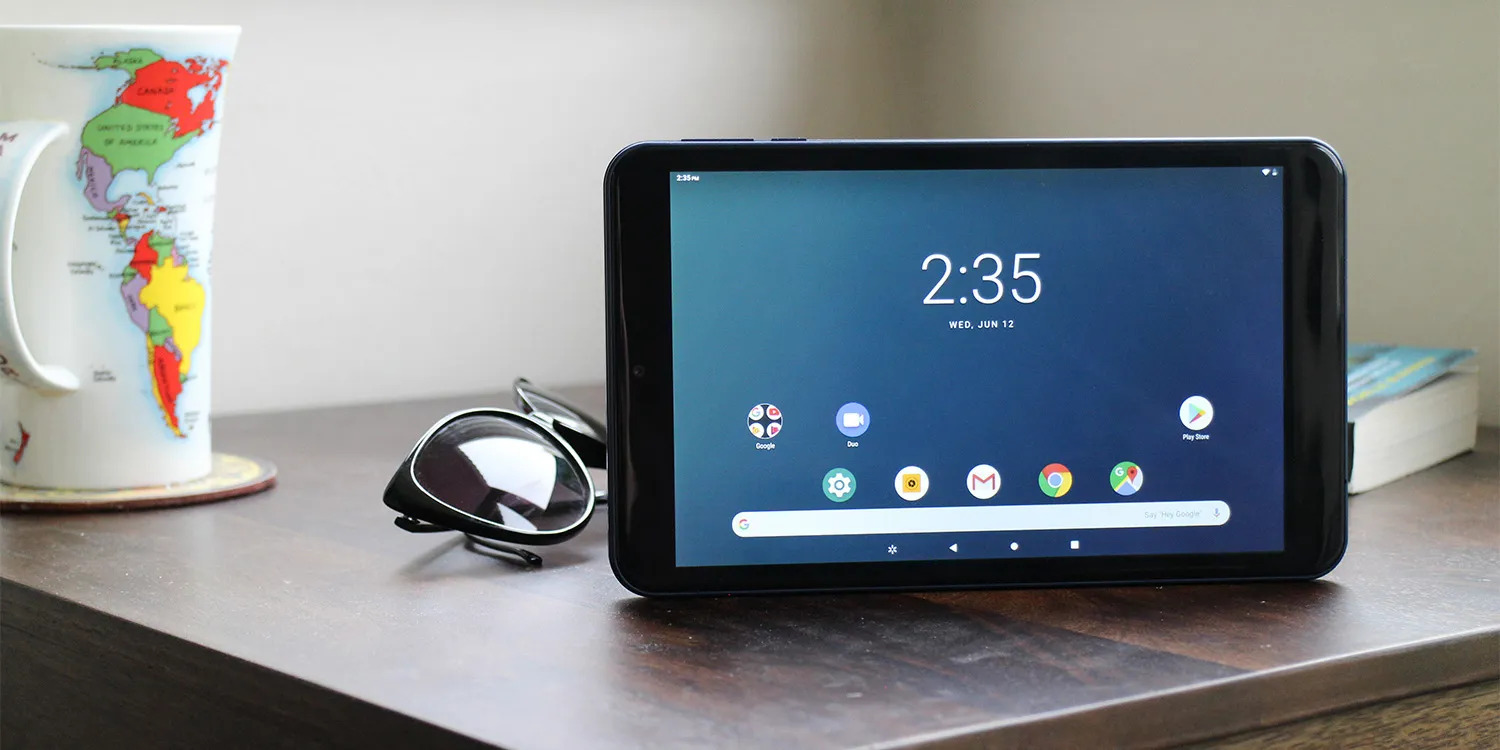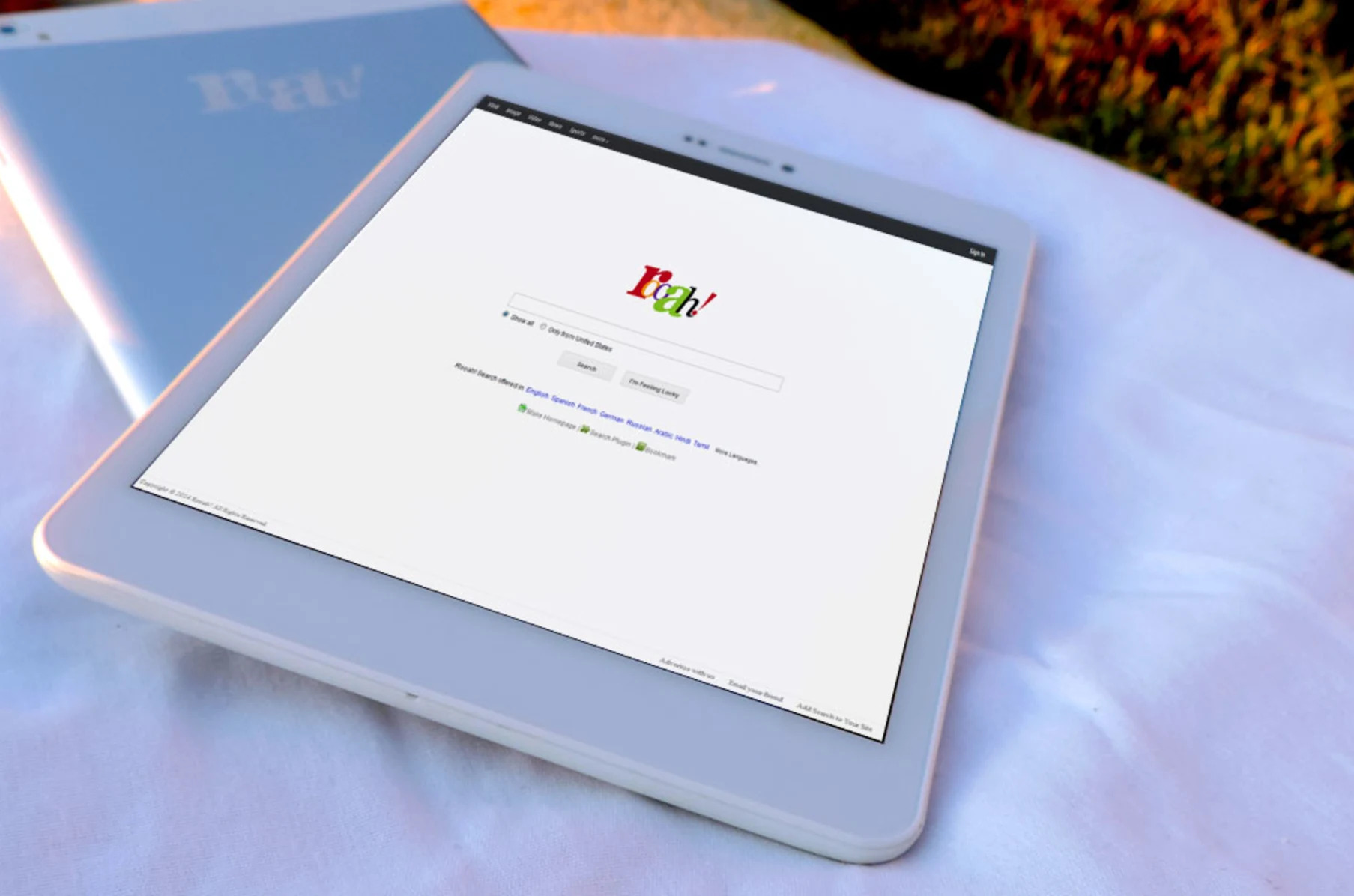Introduction
Having a tablet is incredibly convenient, but without a reliable Wi-Fi connection, its functionality can be greatly limited. Wi-Fi enables your tablet to connect to the internet, allowing you to browse the web, stream videos, download apps, and more. Whether you’re at home, in a coffee shop, or traveling, having access to Wi-Fi can keep you connected and entertained.
In this article, we will guide you through the process of setting up a Wi-Fi connection on your tablet, finding available networks, connecting to a Wi-Fi network, troubleshooting common connection issues, and improving your Wi-Fi signal strength. We will also explore the importance of securing your Wi-Fi network to protect your personal information.
Setting up Wi-Fi on a tablet may seem complicated, especially if you’re new to the technology, but don’t worry! We’ll break down the steps into simple and easy-to-follow instructions. By the end of this guide, you’ll be able to confidently connect your tablet to any Wi-Fi network and enjoy seamless internet access.
So, if you’re ready to unlock the full potential of your tablet and enjoy the convenience of Wi-Fi, let’s get started!
Setting Up Wi-Fi Connection on a Tablet
Before you can start using Wi-Fi on your tablet, you will need to set up a Wi-Fi connection. Follow these simple steps to get started:
- Open the settings menu on your tablet. This is usually represented by a gear icon and can be found either on the home screen or in the app drawer.
- Look for the “Wi-Fi” option in the settings menu and tap on it. This will take you to the Wi-Fi settings page.
- Toggle the Wi-Fi switch to the “on” position if it is currently turned off. This will ensure that your tablet is actively searching for available Wi-Fi networks.
- Wait for your tablet to scan for available networks. This may take a few seconds, so be patient.
- A list of available Wi-Fi networks will appear on the screen. These networks will be displayed with their respective names, also known as SSIDs (Service Set Identifiers).
- Select the Wi-Fi network you want to connect to by tapping on its name. If the network is password-protected, you will be prompted to enter the password.
- Once you have entered the password, tap on the “Connect” button. Your tablet will then attempt to establish a connection to the chosen Wi-Fi network.
- If the connection is successful, your tablet will display a confirmation message and the Wi-Fi icon will appear in the status bar at the top of the screen.
Congratulations! You have successfully set up a Wi-Fi connection on your tablet. You can now start enjoying the benefits of internet access on your device.
Note that the steps to set up Wi-Fi may vary slightly depending on the make and model of your tablet. However, the general process should be similar across most devices. If you encounter any difficulties, refer to your tablet’s user manual or contact the manufacturer’s support for assistance.
In the next section, we will explore how to find available Wi-Fi networks on your tablet.
Finding a Wi-Fi Network
Once you have set up the Wi-Fi connection on your tablet, the next step is to find available Wi-Fi networks in your vicinity. Follow these steps to discover nearby Wi-Fi networks:
- Open the settings menu on your tablet.
- Tap on the “Wi-Fi” option. This will bring you to the Wi-Fi settings page.
- Your tablet will automatically scan for available Wi-Fi networks in the area. Wait for a moment while the scanning process takes place.
- A list of available Wi-Fi networks will be displayed. Each network will be accompanied by its SSID and signal strength indicator. The stronger the signal, the better the connection.
- Scroll through the list to view all available networks. If there are too many networks, you can simplify the display by filtering the list based on signal strength or network type.
- If you don’t see any networks on the list, make sure that Wi-Fi is enabled on your tablet and that you are in an area with Wi-Fi coverage.
It’s important to note that some networks may be hidden, which means they won’t appear on the list of available networks. In such cases, you will need to manually enter the SSID and password to connect to a hidden network. The network administrator can provide you with this information if needed.
When choosing a Wi-Fi network, it’s recommended to select a secure and trusted network. Public Wi-Fi networks, such as those found in coffee shops or airports, may be convenient but can pose security risks. Verify the authenticity of the network and exercise caution when entering personal or sensitive information while connected to public networks.
Now that you know how to find available Wi-Fi networks on your tablet, the next step is to learn how to connect to a Wi-Fi network. This will allow you to enjoy uninterrupted internet access for all your tablet activities.
Connecting to a Wi-Fi Network
Once you have identified the Wi-Fi network you want to connect to, follow these steps to establish a connection on your tablet:
- Open the settings menu on your tablet and navigate to the Wi-Fi settings page.
- From the list of available Wi-Fi networks, tap on the network you want to connect to.
- If the network is password-protected, a prompt will appear asking you to enter the password. Carefully enter the password using the on-screen keyboard.
- Double-check the password to ensure it is entered correctly, as passwords are case-sensitive.
- Tap on the “Connect” button to proceed.
- Your tablet will attempt to connect to the selected Wi-Fi network. Allow a few moments for the connection to be established.
- Once connected, your tablet will display a confirmation message, and the Wi-Fi icon will appear in the status bar at the top of the screen.
- You can now start using the internet on your tablet through the connected Wi-Fi network.
If the connection is not successful, there are a few troubleshooting steps you can try:
- Make sure that you have entered the correct password. Check for any typing errors or incorrect capitalization.
- Ensure that the Wi-Fi network you are trying to connect to is within range and has a strong signal.
- If the network has a weak signal, try moving closer to the router to improve the connection.
- Restart your tablet and the Wi-Fi router to reset any temporary network issues.
- If the problem persists, you may need to contact your internet service provider or the network administrator for further assistance.
Remember to be mindful of your data usage if you are not connected to a Wi-Fi network. Streaming videos, downloading large files, or using data-intensive applications without Wi-Fi can quickly consume your mobile data plan.
You are now ready to connect your tablet to a Wi-Fi network and enjoy uninterrupted internet access. In the next section, we will discuss some troubleshooting steps for common Wi-Fi connection issues.
Troubleshooting Wi-Fi Connection Issues
While connecting to a Wi-Fi network on your tablet is usually a smooth process, there may be instances where you encounter connectivity issues. Here are some troubleshooting steps to help you resolve common Wi-Fi connection problems:
- Check the Wi-Fi signal: Ensure that your tablet is within range of the Wi-Fi router. Walls, furniture, or other obstacles may obstruct the signal. Try moving closer to the router to see if the connection improves.
- Restart your devices: Power off your tablet and restart it. Also, restart your Wi-Fi router by unplugging it from the power source, waiting for a few seconds, and then plugging it back in. This can resolve temporary network glitches.
- Forget and reconnect to the network: Sometimes, removing and re-establishing the connection can resolve minor connectivity issues. Go to your Wi-Fi settings, tap on the network you are having trouble with, and select the “Forget” or “Disconnect” option. Then, reconnect to the network as you did initially.
- Check the network password: Verify that you have entered the correct password for the Wi-Fi network. Passwords are case-sensitive, so check for any capitalization errors. If uncertain, you can ask the network administrator or refer to the router’s documentation.
- Update your device software: Ensure that your tablet’s operating system (OS) is up to date. Software updates often include bug fixes and improvements that can enhance Wi-Fi connectivity.
- Reset network settings: If you are still experiencing Wi-Fi issues, you can try resetting the network settings on your tablet. Keep in mind that this will remove any saved Wi-Fi networks, so you will need to reconnect to them. To reset network settings, go to your tablet’s settings, find the “Reset” or “Backup & Reset” option, and choose “Reset Network Settings.”
If none of these troubleshooting steps resolve the Wi-Fi connection problem, it is advisable to reach out to your internet service provider (ISP) for further assistance. They can help troubleshoot the issue, perform diagnostics, or escalate the problem if necessary.
Remember that Wi-Fi connections can be affected by external factors such as network congestion, interference from other devices, or environmental conditions. If you are in a crowded area or experiencing intermittent Wi-Fi issues, consider adjusting the channel or frequency band of your router to minimize interference.
By following these troubleshooting steps, you can overcome common Wi-Fi connection issues and enjoy a seamless browsing experience on your tablet.
Tips for Improving Wi-Fi Signal Strength
Having a strong and stable Wi-Fi signal is essential for an optimal browsing experience on your tablet. If you’re experiencing weak or intermittent Wi-Fi connection, try implementing these tips to improve the signal strength:
- Reposition your Wi-Fi router: Place your router in a central location within your home or office. Avoid obstructions such as walls, furniture, or appliances that can interfere with the Wi-Fi signal. Elevating the router can also help improve coverage.
- Reduce interference: Electrical devices like cordless phones, microwaves, or baby monitors can cause interference with Wi-Fi signals. Keep your router away from such devices or switch to a different Wi-Fi channel that has less interference.
- Secure your network: If your Wi-Fi network is left unprotected, unauthorized users can connect to it and consume bandwidth. Set up a strong password and enable encryption (WPA2) on your router to prevent unauthorized access.
- Update your router’s firmware: Manufacturers often release firmware updates that can improve the performance and stability of your router. Check the manufacturer’s website regularly for any available updates and follow the instructions to install them.
- Use a Wi-Fi range extender: If you have a large home or area with weak Wi-Fi coverage, consider using a Wi-Fi range extender or repeater. These devices amplify and extend the Wi-Fi signal, improving coverage in areas where the signal is weak.
- Optimize your Wi-Fi channel: Routers automatically select a channel to operate on, but it can be crowded with other nearby networks. Use a Wi-Fi analyzer app to identify the least congested channel and manually set your router to operate on that channel.
- Upgrade your router: Older routers might not support the latest Wi-Fi standards, resulting in slower speeds and weaker signals. Consider upgrading your router to a newer model that supports the latest Wi-Fi technologies, such as 802.11ac or Wi-Fi 6 (802.11ax).
- Keep your device software up to date: Ensure that your tablet’s operating system and Wi-Fi drivers are up to date. Software updates often include bug fixes and performance enhancements that can improve Wi-Fi connectivity.
- Reduce the number of connected devices: Having multiple devices connected to the same Wi-Fi network can strain the bandwidth and result in a slower connection. Disconnect or pause unnecessary devices to prioritize your tablet’s Wi-Fi performance.
By implementing these tips, you can significantly enhance the Wi-Fi signal strength on your tablet, resulting in faster speeds, smoother browsing, and a more reliable connection.
Remember, the effectiveness of these tips may vary based on your specific environment and router model. Experiment with different configurations to find the best setup for your needs. If you still experience Wi-Fi issues, contacting your internet service provider or router manufacturer’s support team can provide further assistance.
Securing Your Wi-Fi Network
Securing your Wi-Fi network is crucial to protect your personal information and ensure that only authorized users can access your connection. Follow these steps to secure your Wi-Fi network:
- Change the default router login credentials: When setting up your router, change the default username and password to prevent unauthorized access to its settings. Choose a strong password with a combination of letters, numbers, and special characters.
- Enable network encryption: Most modern routers support encryption protocols such as WPA2 (Wi-Fi Protected Access 2). Enable encryption on your router to encrypt the data transmitted between your device and the router, making it more difficult for hackers to intercept and decipher.
- Create a strong Wi-Fi network password: Set a strong password for your Wi-Fi network. Avoid easily guessable passwords and use a combination of uppercase and lowercase letters, numbers, and special characters. Regularly update your Wi-Fi password to enhance security.
- Disable network name broadcasting (SSID hiding): By disabling the SSID broadcast, your network name will not be visible to nearby devices, making it harder for unauthorized users to find and connect to your network. However, keep in mind that this alone is not a foolproof security measure.
- Implement MAC address filtering: Every network device has a unique MAC address. MAC address filtering allows you to specify which devices can connect to your network based on their MAC addresses. Add the MAC addresses of all your trusted devices and configure your router to only allow connections from those devices.
- Enable firewall protection: Routers typically have built-in firewall features that can help protect against unauthorized access and network attacks. Enable the firewall on your router to add an additional layer of security.
- Regularly update router firmware: Manufacturers release firmware updates to address security vulnerabilities and improve the performance of routers. Regularly check the manufacturer’s website for firmware updates and apply them to keep your router up to date.
- Limit guest access: If your router supports a guest network feature, enable it for visitors who need temporary access to your Wi-Fi. This separates guest users from your main network, providing an added layer of security.
Remember to balance convenience with security. While implementing these security measures adds a layer of protection, it is important to find a balance that fits your needs and usability.
By securing your Wi-Fi network, you can mitigate the risk of unauthorized access, protect your personal data, and ensure a safer browsing experience for all your connected devices.
Conclusion
Setting up and managing a Wi-Fi connection on your tablet is essential for accessing the internet and maximizing its functionality. By following the steps outlined in this article, you can easily connect to a Wi-Fi network, troubleshoot any connection issues, and enhance your signal strength for a seamless browsing experience.
Remember to choose a secure Wi-Fi network, protect your personal information by enabling encryption and strong passwords, and regularly update your router’s firmware for optimal performance and security.
With a reliable Wi-Fi connection, you can enjoy the benefits of browsing the web, streaming videos, downloading apps, and staying connected with friends and family wherever you go.
We hope this guide has provided you with the knowledge and confidence to set up, connect, and secure your Wi-Fi network on your tablet. If you encounter any difficulties or have further questions, consult your tablet’s user manual or reach out to the manufacturer’s support team for assistance.
Now, it’s time to grab your tablet, connect to a Wi-Fi network, and unlock a world of possibilities at your fingertips!







